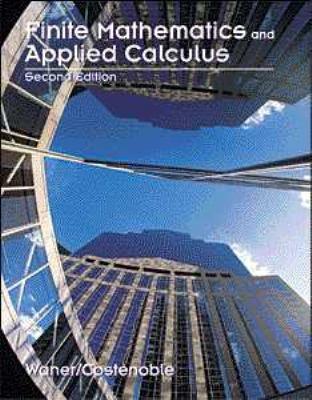Question
A couple of exercises which might help to make sense of this theorem follow.First, open the following link (the link is also on Bb), and
A couple of exercises which might help to make sense of this theorem follow.First, open the following link (the link is also on Bb), and read through the directions.The link is to a sampling distribution simulator.The 'parent population' is the histogram at the top of the screen.
http://onlinestatbook.com/stat_sim/sampling_dist/index.html
Exercises:
1.First, leave the parent population alone.Write down the mean and the standard deviation of this parent population.
2.Choose N= 25 (there is a drop down menu alongside the third graph from the top of the screen to make this choice).Choose 'mean' (because we want to simulate the sampling distribution of the sample mean).Then choose the option '10000' (which appears next to the second graph from the top as an option).The act of doing this will: a.Produce 10000 random samples of size 25 from the parent population, b.Calculate the means, and c.Organize these means in a histogram.The characteristics of the histogram (mean and sd) can be seen on the left.Write these down.
3.What is the relationship between the mean of the sample means and the mean of the parent population?What is the relationship between the standard deviation of the sample means and the standard deviation of the parent population?Be precise here.
4.Now, mess up the parent population.Make it bimodal (or trimodal), or anything else weird that you can think of.You can mess it up by moving the cursor over the parent population distribution, left clicking, and then moving the cursor around.
5.Repeat step 2.Write down the characteristics (mean and sd) of the distribution of means.Again, what is the relationship between these characteristics and the related characteristics of the parent population?
Step by Step Solution
There are 3 Steps involved in it
Step: 1

Get Instant Access to Expert-Tailored Solutions
See step-by-step solutions with expert insights and AI powered tools for academic success
Step: 2

Step: 3

Ace Your Homework with AI
Get the answers you need in no time with our AI-driven, step-by-step assistance
Get Started


